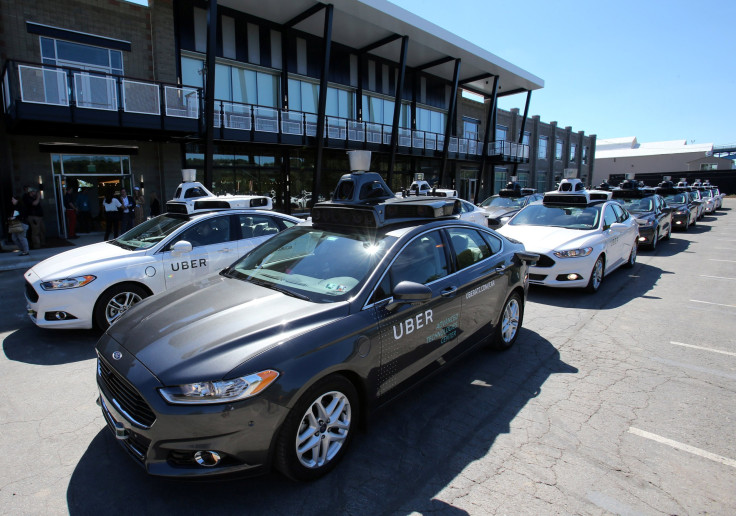Self-Driving Cars: President Obama Backs Autonomous Vehicles, Emphasizing Safety

President Barack Obama hasn’t had to drive himself around for years. And he may not have to after he leaves office either.
Obama Monday threw his weight behind self-driving cars — as long as they’re safe. His op-ed in the Pittsburgh Post-Gazette, which will appear in Tuesday’s print editions, lauds American innovation and comes just a day after Lyft CEO John Zimmer predicted the end of individual vehicle ownership and a week after Uber began an autonomous vehicle experiment in Pittsburgh.
“The progress we’ve seen in automated vehicles over the past several years shows what our country is capable of when our engineers and entrepreneurs, our scientists and our students – backed by federal and private investment – pour their best work and brightest ideas toward a big, bold goal,” Obama said.
Obama argues self-driving cars could make U.S. roads safer, and give the elderly and disabled better transportation options. Some 35,200 people died on the nation’s roads last year, 94 percent because of human error or choice.
“Safer, more accessible driving. Less congested, less polluted roads. That’s what harnessing technology for good can look like. But we have to get it right,” Obama wrote.
The administration plans to release a series of rules for driverless cars Tuesday, providing a 15-point checklist and guidance to states on how to regulate the new technology.
“Even as we focus on the safety of automated vehicles, we know that this technology, as with any new technology, has the potential to create new jobs and render other jobs obsolete. So it’s critical that we also provide new resources and job training to prepare every American for the good-paying jobs of tomorrow,” he said, alluding to fears among cab drivers and those working for ride-hailing services who fear the technology will leave them jobless.
The administration rules will address vehicle performance and regulatory tools, and the National Highway Traffic Safety Administration plans to clarify how its recall authority applies to the new technology.
“In particular, it [NHTSA’s authority] emphasizes that semi-automated driving systems – ones in which the human continues to monitor the driving environment and perform some of the driving task – that fail to adequately account for the possibility that a distracted or inattentive driver-occupant might fail to retake control of the vehicle in a safety-critical situation may be defined as an unreasonable risk to safety and subject to recall,” the White House said in a release.
© Copyright IBTimes 2024. All rights reserved.






















